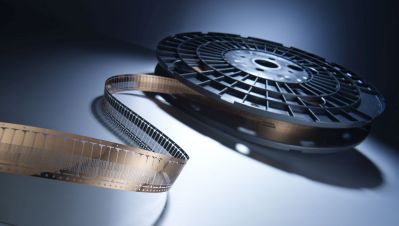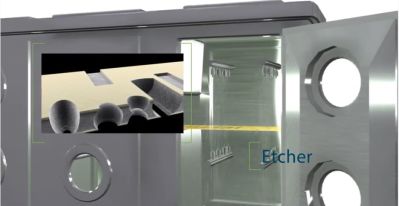Photo Chemical Etching Produces Intricate Parts at Low Cost; Alternative to Fabrication
In recent years, it has become understood that Photo Chemical Etching (PCE) -- as provided by leading expert micrometal GmbH -- is not just a viable alternative to legacy metal fabrication technologies, but is seen in many applications as the only technology that can achieve the repeatability, accuracy, and geometric complexity demanded by OEMs from across industry.

The process characteristics of PCE play to many of the goals that OEMs making precision metal parts require in today's highly competitive markets. The process is able to produce intricate parts with tolerances as low as ± 7 microns depending upon material and its thickness, this tolerance attainment being unique among all alternative metal fabrication technologies.
The PCE process is further characterized by the fact that it produces parts without degrading material properties, stress- and burr-free parts being manufactured with no limitations when it comes to complexity. It can also be used on a broad range of metals and alloys, the "art" often being seen as the creation of different etchant chemistries that can manufacture parts from even difficult to process metals such as aluminium and titanium and hardened metals.
VIDEO: Industrial photochemical etching of metal parts -- Animation of high precision process.
Design engineers need to be aware of the specific attributes of the process, as various process characteristics enable the design and manufacture of innovative parts impossible to create with traditional legacy metal fabrication technologies. In addition, it is important that they are aware of the cost implications of the use of PCE.
Jochen Kern, Head of Sales and Marketing at micrometal says "PCE is a subtractive metal processing technology, using chemicals to erode areas of sheet metal to form the shape of a required part or component. Because of this, the cost of the process is made up of the cost of the sheet metal, the cost of the photo-resist, the chemicals used to erode the metal, water, power, treatment of waste, machine usage, and labor.

"Most of the labor-related overhead involved in the PCE process (which involves sizing sheets and production of tooling, sheet cleaning, lamination with photo-resist, printing, developing, photo-etching, and stripping) remain constant regardless of the size of metal sheet being processed. Because of this, the best economies in terms of cost per part can be achieved processing very small components on very large thin sheets, as the thicker the sheet the more processing time is needed. Micrometal is able to process sheets up to 600 mm by 800 mm and down to thicknesses of 3 microns allowing the attainment of impressive yields and therefore keeping unit costs low."
Kern continues, "However, it is not just the number of parts per sheet that is important when looking at PCE. The process is agnostic to part complexity, and so where you would expect part cost to increase with geometric complexity with legacy metal fabrication processes, there is no cost increase with PCE however complex the part. In addition, the process allows the production of many different parts on a single sheet, which obviously has massive positive cost implications."
Want more information? Click below.
Rate this article
View our terms of use and privacy policy ::m::